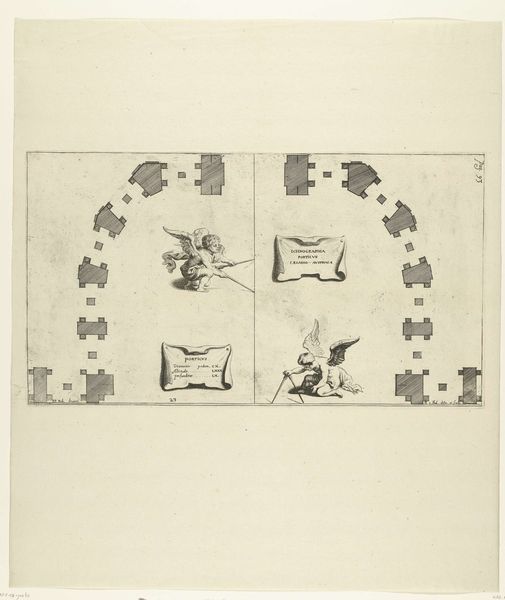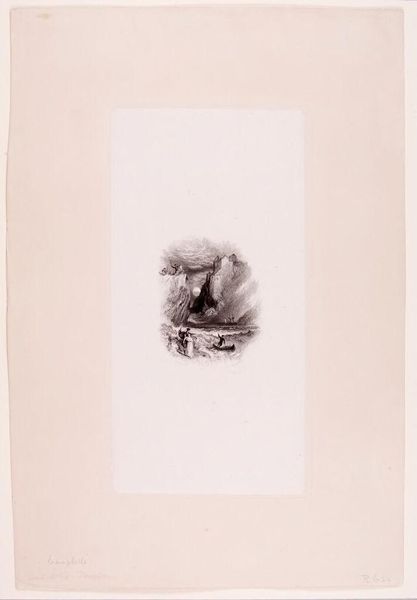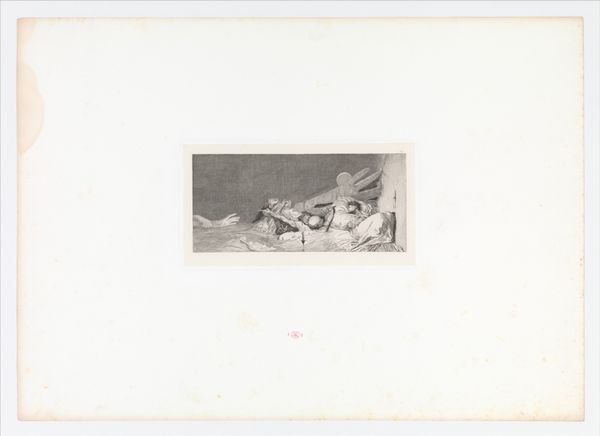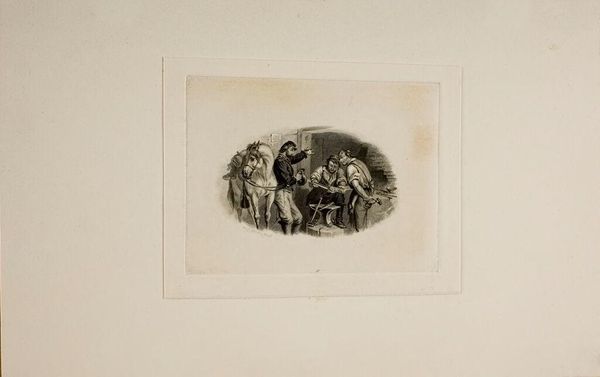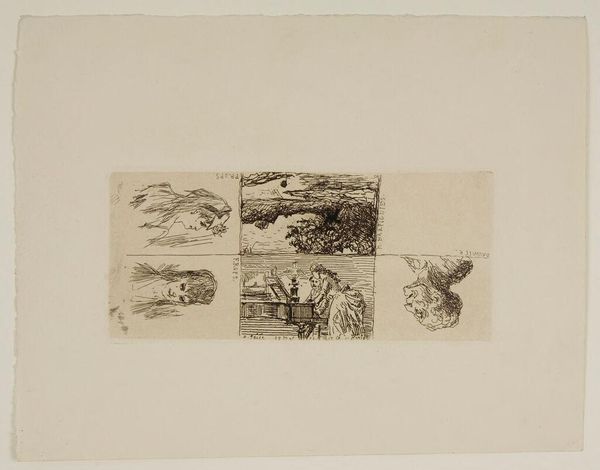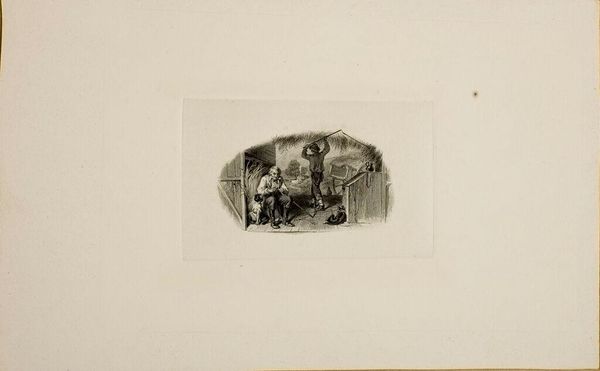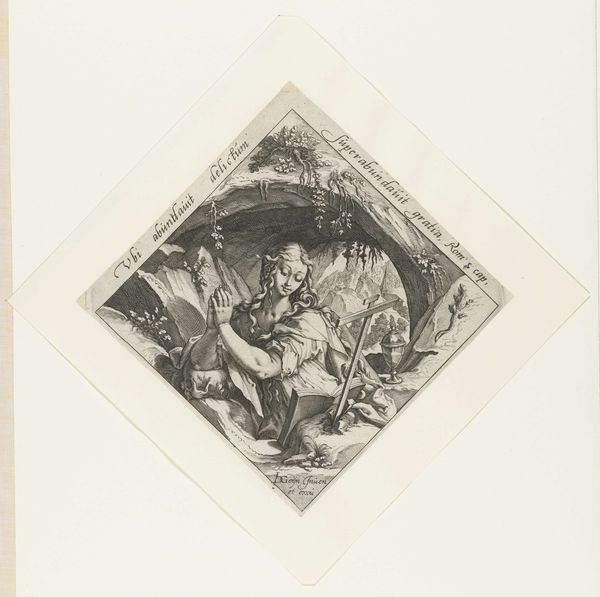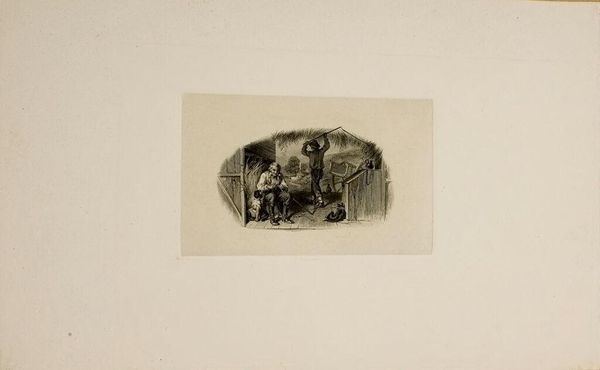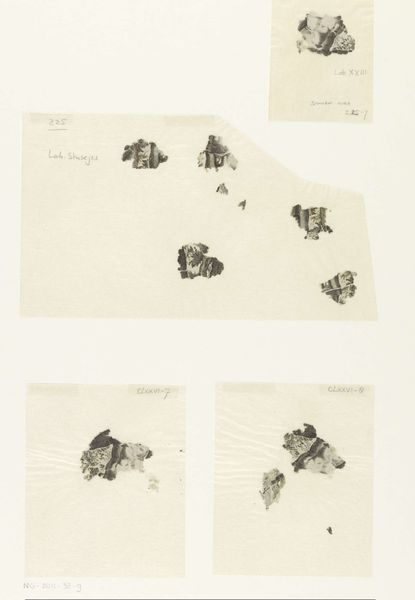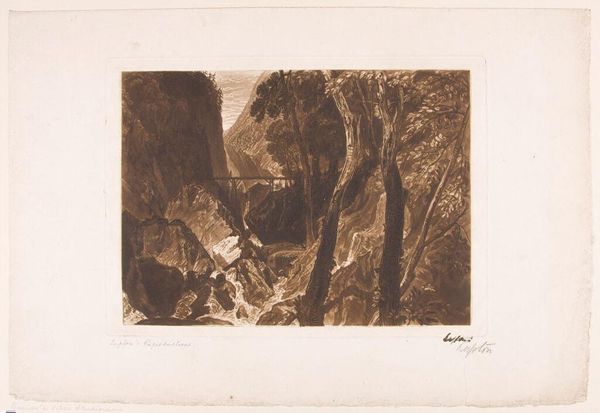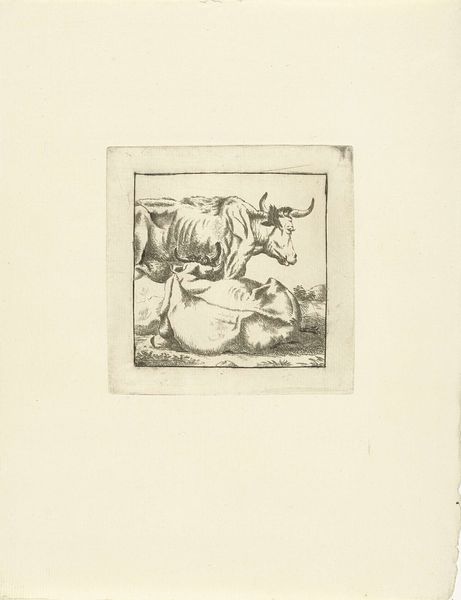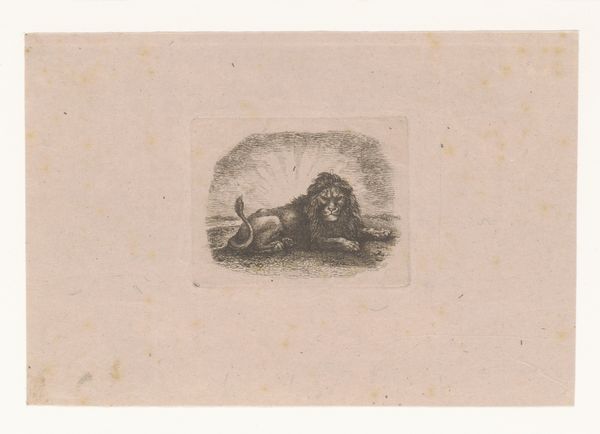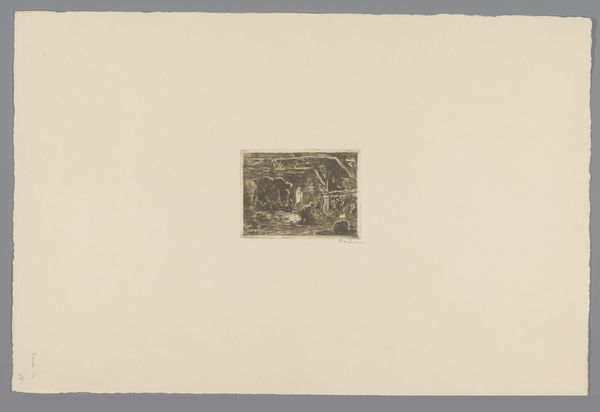
drawing, print, paper, engraving
#
drawing
#
narrative-art
# print
#
figuration
#
paper
#
11_renaissance
#
geometric
#
history-painting
#
academic-art
#
engraving
Dimensions: height mm, width mm
Copyright: Rijks Museum: Open Domain
This print, showing four scenes after Raphael, was created by Theodor Langer, a 19th-century artist who specialized in this kind of reproductive engraving. The process of engraving involves using a tool called a burin to incise lines directly into a metal plate, usually copper. The plate is then inked, and the surface wiped clean, leaving ink only in the engraved lines. When paper is pressed against the plate, the image is transferred. Note the fineness of the lines, and the way Langer has used hatching and cross-hatching to create tone and shadow. Engraving was a highly skilled, labor-intensive process, requiring years of training. While it was often used for artistic expression, it was also a crucial method for disseminating images widely. Prints like this one allowed people to experience the work of famous artists like Raphael, even if they couldn't travel to see the originals. This speaks to the democratization of art in the 19th century, as mechanical reproduction made culture more accessible. It also raises questions about originality, and the value we place on hand-made versus mass-produced images.
Comments
No comments
Be the first to comment and join the conversation on the ultimate creative platform.
